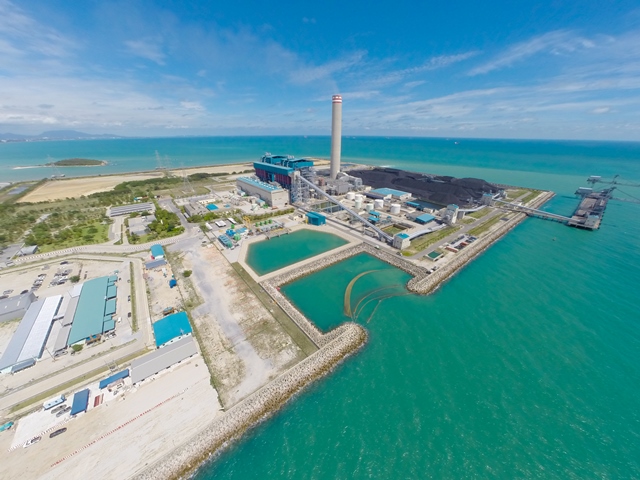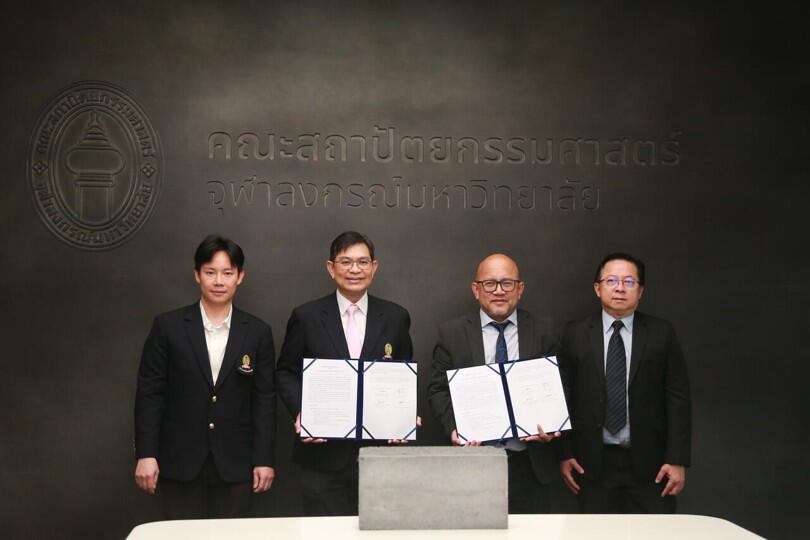Coal Unloading Facility
As a precautious measure, the Station will engage an independent party to perform and check the quality of every shipment of imported bituminous coal. The objective is to ensure full compliance, particularly to sulfur content limit, at the early stage of electricity generation process. During the unloading, water spray equipments are also installed at the unloader hopper in order to prevent dust dispersal.
All coal will be carefully unloaded and transported to the direction of the plant or the coal stockyard, by belt conveyer with wind protection sheet in order to prevent diffusion, spreading of dust, and falling of objects.
Water from spraying will be pumped back for treatment first before being recycling for future usage in order to save operating cost. As a result, water will be wisely used and conserved without need for drainage into the sea. The Station is also required to monitor and to check the quality of sea water around the unloading port on regular basis.
Coal Stockyard
The coal stosck yard has a capacity of 700,000 tons of coal. 10,000 tons are used daily for electricity generation.
After coal is unloaded at the shore, it is transported to the coal yard, which consists of 3 piles. The first 2 piles are used in rotation (Active Stock) for electricity generation, while the last pile serves as a reserve (Dead Stock) that is compacted for use in case of emergency fuel shortage. Additionally, around all 3 coal piles, BLCP Power Plant has implemented strict control measures to reduce environmental impacts as follows:
•Around the coal yard, there are 32 water spray systems installed that can adjust water pressure according to wind strength to prevent dust dispersion or combustion from heat. Water from spraying the coal piles is collected in sedimentation ponds before being recycled for further spraying.
•A wind fence measuring 450 meters long and 6 meters high has been installed to prevent wind from directly hitting the coal yard, thus reducing dust dispersion or combustion from heat.
•Dust measuring devices have been installed in 3 areas: north and south of the coal yard, and at the Takuan-Ao Pradoo community.
•The area underneath the coal yard is lined with high-quality High-Density Polyethylene (HDPE) to prevent water from seeping into the ground. Water from spraying the coal piles is collected in sedimentation ponds before being recycled for further spraying.



